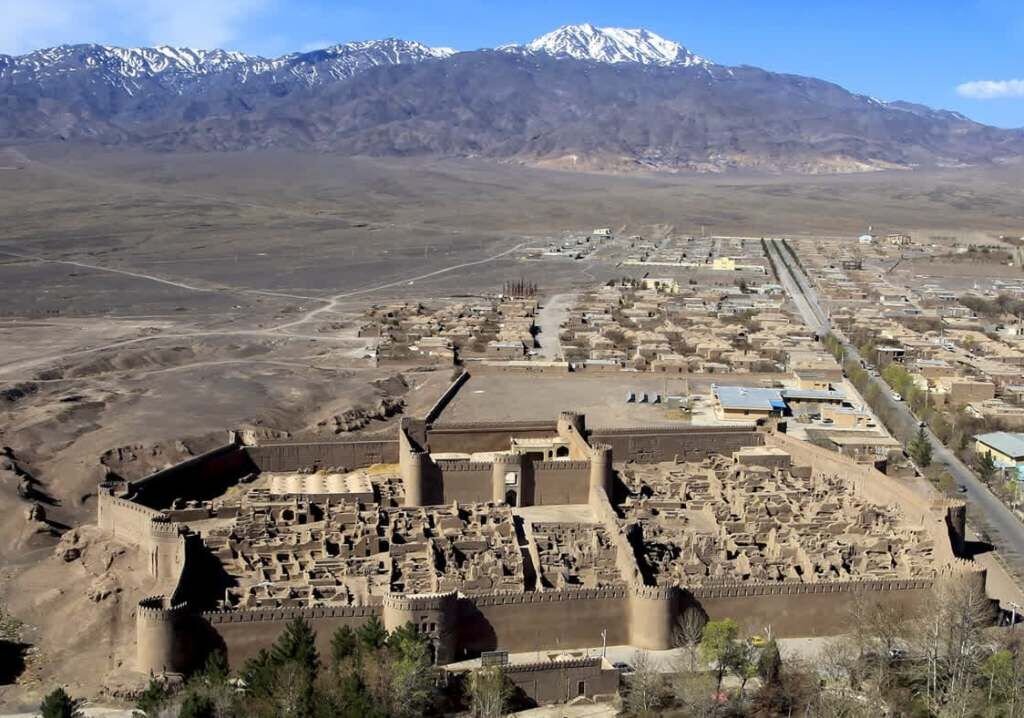Sassanidera Rayen fortress undergoes restoration
Sassanid-era Rayen fortress undergoes restoration
TEHRAN - A new phase of restoration has commenced on the historic Rayen fortress, one of the largest ancient mud-brick structures in the world, with origins tracing back to the Sassanid era.

According to Vahid Taheri, head of the Rayen Cultural Heritage Office, the restoration began recently with funding from both national and provincial sources.
“This phase of restoration includes flooring, mudbrick repairs, plastering, traditional waterproofing, manual debris removal, and other groundwork,” Taheri explained.
Situated on a hill in Kerman province, the mudbrick fort spans over 22,000 square meters and is encircled by a 10-meter-high defensive wall. Within its walls lie elements such as a bazaar, mosque, gymnasium, and residential quarters.
Dating back to the Sassanid period, the Rayen fortress (aka Rayen citadel or castle) is often regarded as the second-largest mud-brick structure globally, after the renowned Bam Citadel.
Recent restoration efforts have added shops and exhibits showcasing local handicrafts, further enhancing its appeal as a cultural and historical destination.
The Sassanid era is of very high importance in the history of Iran. Under the Sassanids, Persian art and architecture experienced a general renaissance. Architecture often took grandiose proportions, such as the palaces at Ctesiphon, Firuzabad, and Sarvestan, which are amongst the highlights of the ensemble.
Crafts such as metalwork and gem engraving grew highly sophisticated, yet scholarship was encouraged by the state. In those years, works from both the East and West were translated into Pahlavi, the language of the Sassanians.
Rock-carved sculptures and bas-reliefs on abrupt limestone cliffs are widely deemed as characteristics and striking relics of Sassanian art, top examples of which can be traced at Bishapur, Naqsh-e Rostam and Naqsh-e Rajab in southern Iran.
In 2018, UNESCO added an ensemble of Sassanian historical cities in southern Iran — titled “Sassanid Archaeological Landscape of Fars Region”-- to its World Heritage list. The ensemble comprises eight archaeological sites situated in three geographical parts of Firuzabad, Bishapur, and Sarvestan. It reflects the optimized utilization of natural topography and bears witness to the influence of Achaemenid and Parthian cultural traditions and Roman art, which later had a significant impact on the architecture and artistic styles of the Islamic era.
AM
source: tehrantimes.com